Place Your Bets Review Game
This blog post contains Amazon affiliate links. As an Amazon Associate, I earn a small commission from qualifying purchases.
Want to check out my favorite Amazon items for the classroom? Check out my Amazon favorites page!
Place Your Bets is a review game I created to spice up our end-of-year review for our state end-of-instruction exam.

I have a gambling problem.
No, it’s not what you think. I’m actually not a gambler. I’ve never set foot in a casino in my life. Though, my student council kids certainly tried to get me to on our last trip. “Ms. Hagan! I need to go to the bathroom! There’s a casino at the next exit. Can we stop there?” “There’s also a convenience store in the middle of the turnpike right before that exit that I will gladly stop at for you.” (Fun fact – Oklahoma is home to 117 tribal casinos.) Plus, I’m pretty sure that I have the world’s worst poker face. I’m a terrible risk taker and know way too much about probability, so gambling has zero appeal to me.
But, the same cannot be said for my students. My 6th period Algebra 1 class is the one with the gambling problem. And, because they can’t quit gambling, it’s became a problem for me.
The problem started when we began our unit on linear functions. After learning about how to graph lines in point-slope form, standard form, and slope-intercept form, I decided my students needed a day of pure practice. We got out the mini dry erase boards. I threw a problem up on the SMART Board. Students had to figure out what form it was in, consult their notes for how to graph lines line that form, graph the line, and hold their board up to get it checked for accuracy by me. No games. No gimmicks. No homework. Just pure practice. And instant feedback. It’s fast-paced. It’s fun. And, it’s definitely a learning experience.
As the students started to get the hang of graphing, they began to reference their interactive notebooks less and less. They also started to speed up. It became a race between certain students to see who could graph the line correctly FIRST. I’m all for some friendly competition. But, this wasn’t just friendly competition. I soon had four freshman boys digging in their wallets for dollar bills. They just weren’t racing. They were gambling. First one to graph the line correctly wins $1 from all the other players.
Ummm…I’m pretty sure you’re not supposed to gamble at school. I tried my best to stop it, but I’m pretty sure some money changed hands when I wasn’t looking.
At one point, I even resorted to writing “NO GAMBLING!” on the SMART Board.
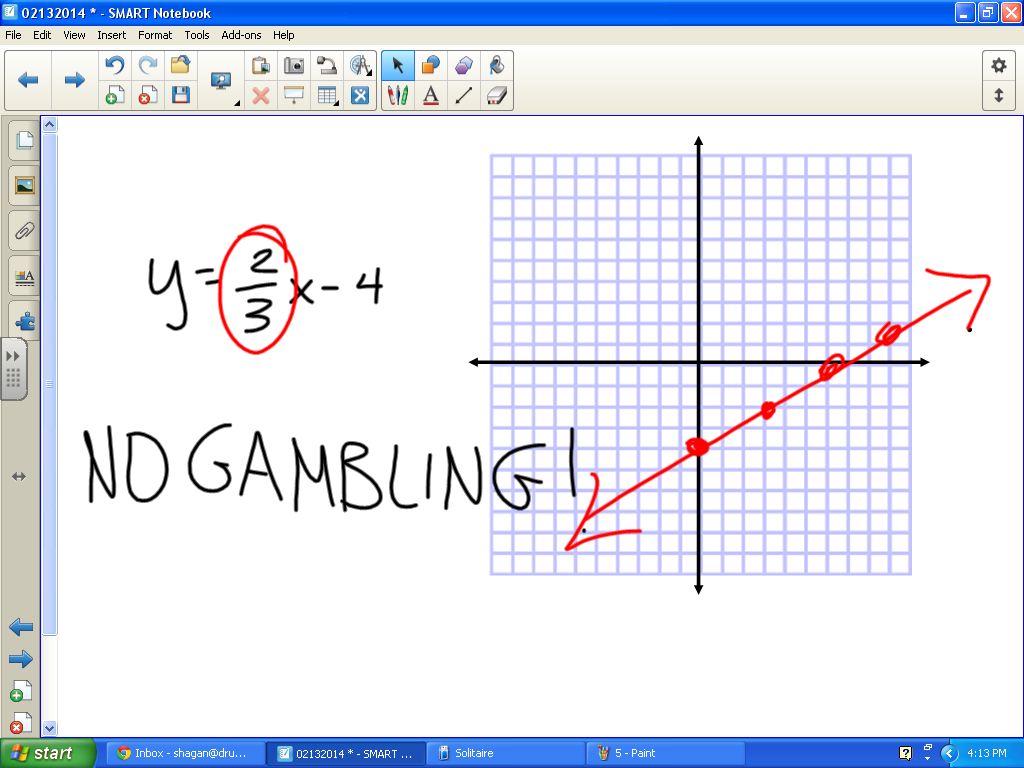
Though I wasn’t exactly happy about the gambling, I was thrilled to see how engaged and competitive my students were when it came to graphing linear functions! Had they not felt confident about what they were doing, they wouldn’t have had the urge to gamble. Now, I just needed to find a way to harness this desire to gamble and make it into something good and productive.
After Spring Break, I was looking for a way to liven up our EOI test reviewing. Reviewing and re-reviewing and re-re-reviewing everything that you’ve learned since August gets very old very fast!

So, lets bring out the dry erase boards, the markers, the review problems, and the bingo chips. And, don’t forget the prizes. Winning teams got to choose between super star sticker badges and paper smiley face bracelets. Yes, I teach high school. And, yes, these prizes were highly coveted.
Students break up into teams. Each student needs a dry erase board. And, each team needs one additional dry erase board. Divide the extra dry erase board into four quadrants. Most groups simply flipped the board over and used the graphing side since it is already divided into quadrants. Label the quadrants: A, B, C, and D.
Hand out bingo chips to each team. First hour, I gave each team 40 bingo chips. That was a mistake. The more chips you give out, the more time you spend managing chips and the less time you spend working problems. Lesson learned. By the end of the day, each team started out with 10 chips. Games went much, much better that way!
Project a problem on the board. Each student works the problem individually. Individual answers are discussed, and each group comes to a consensus on what they think the answer is.
If students cannot figure out what the answer is, they are instructed to try to narrow down the choices. For example, I know the slope of the line has to be positive, so the answer cannot be A or C.
My goal with this was to foster and encourage mathematical conversation. It worked better in some groups than others.
Once a suitable amount of time has passed, each team must place their bets. Again, first hour, I let students bet as many chips as they wanted. And, again, this was a mistake. I soon realized that I needed to set a minimum and maximum bet that each team must place. Each team was required to bet at least three chips, but they could bet no more than ten chips.
Shortly before the answer reveal, I would start counting backwards from five. When I reached zero, no chips could be moved. All bets must be placed before the counting stopped.
For each chip that is on the correct answer, they are given an additional chip. For each chip that is on an incorrect answer, they must give me a chip. The team with the most chips at the end wins.
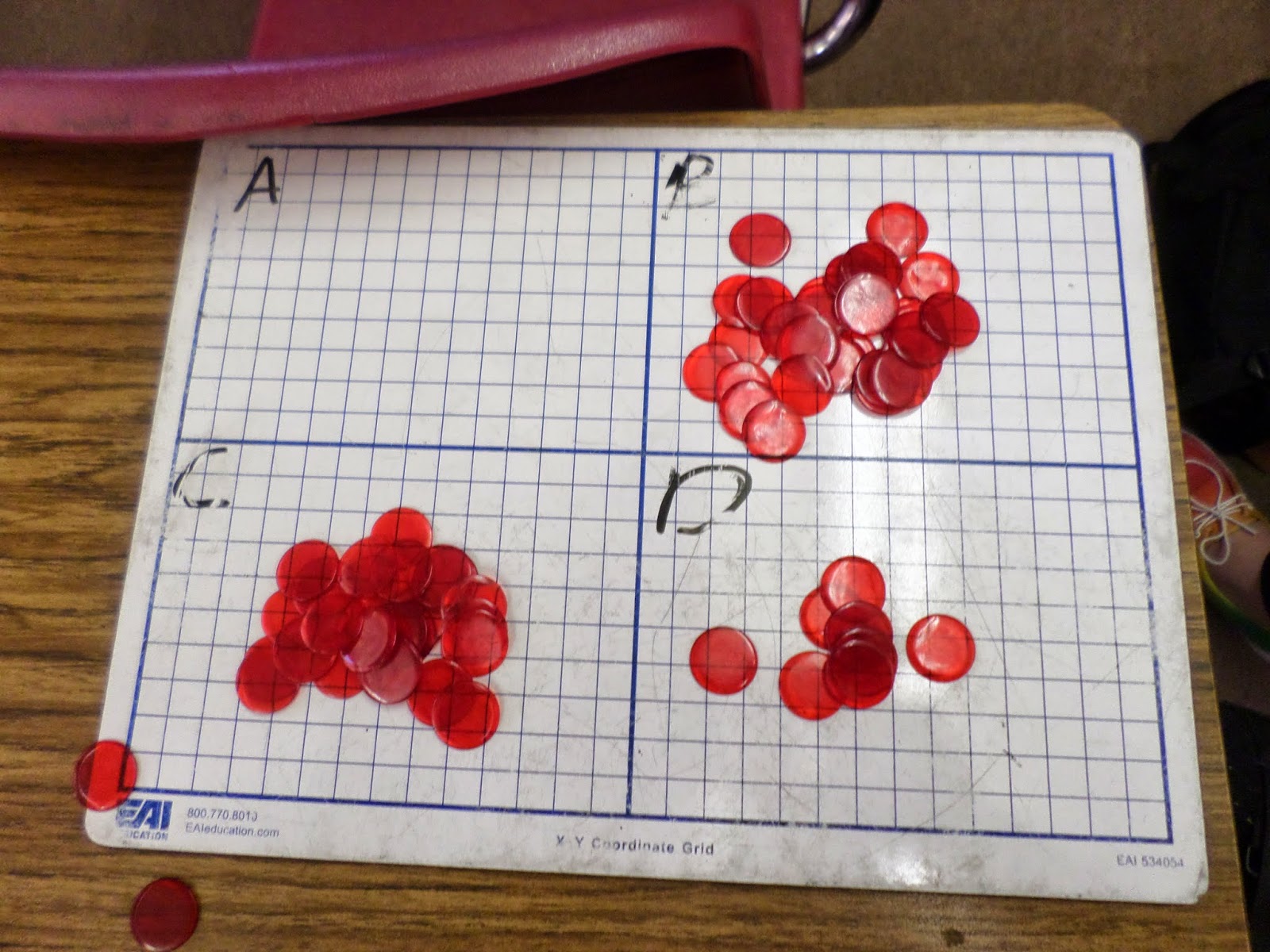
As I said, I didn’t put many limits on this game first hour. I soon had groups going all in with their chips. This led to me writing them IOUs because it would take way too long to count out 54 bingo chips to them. Lesson Learned.
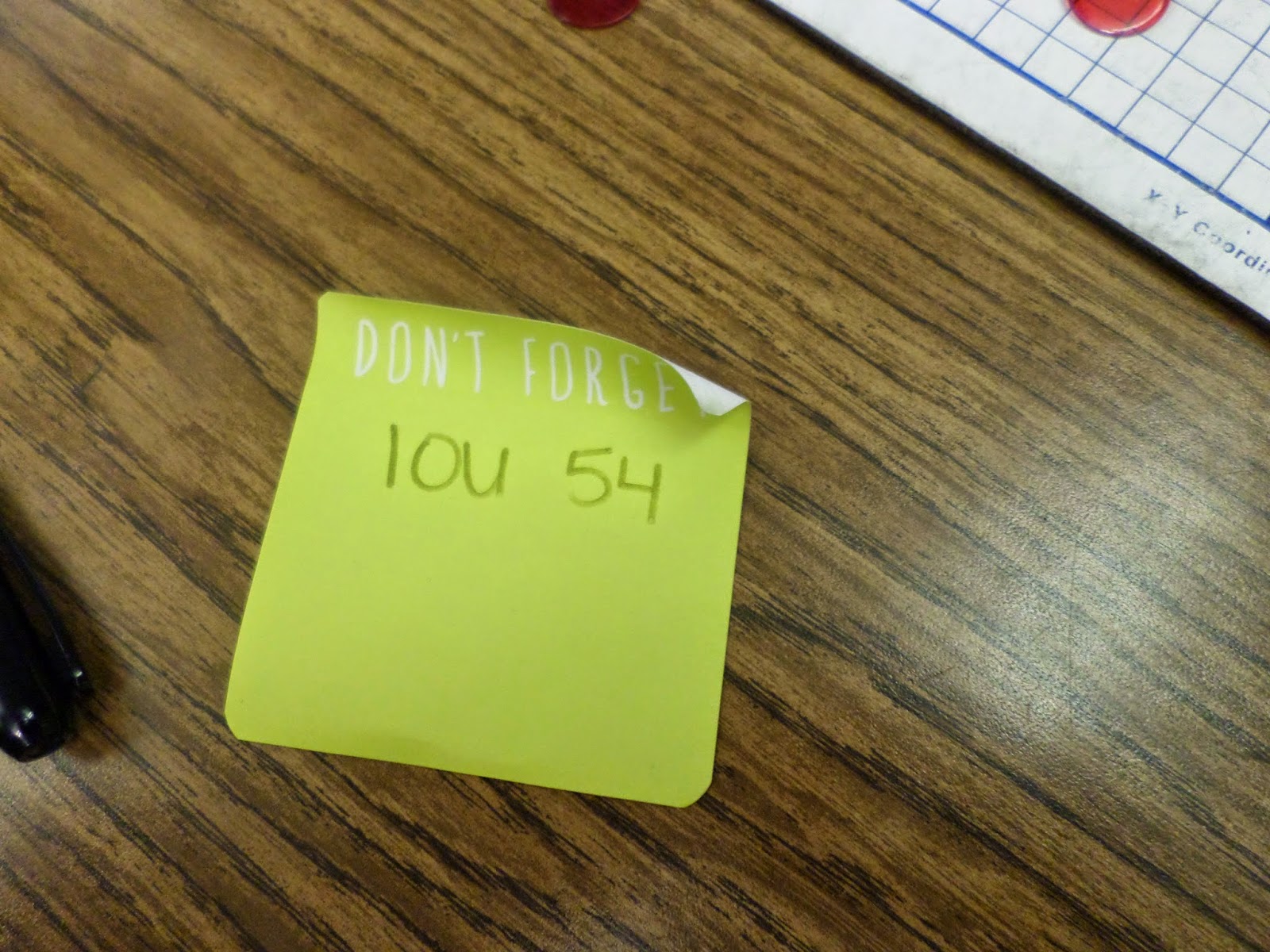
Teams were very competitive. Of course, they all wanted to win. Winning required not only working the problems correctly but knowing how confident you were in your answer. If you know you got the question right, there’s no reason to not bet all ten allowed chips on that answer. But, if you’re not sure of the answer, you would be a fool to place all ten of your chips on one answer.
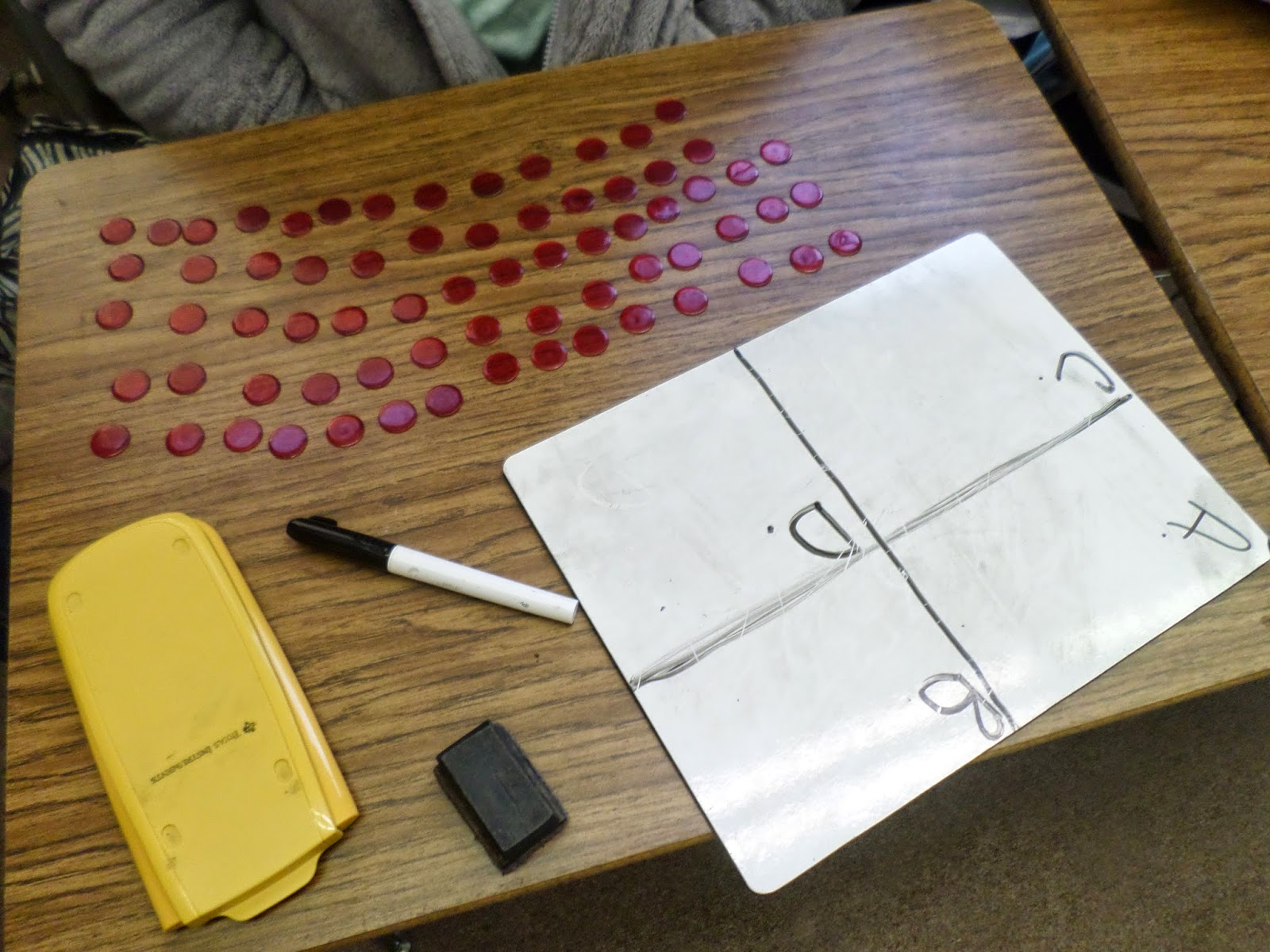
Watching students play this game allowed me insight on the types of problems they felt comfortable with. It showed me who approached their work with confidence.
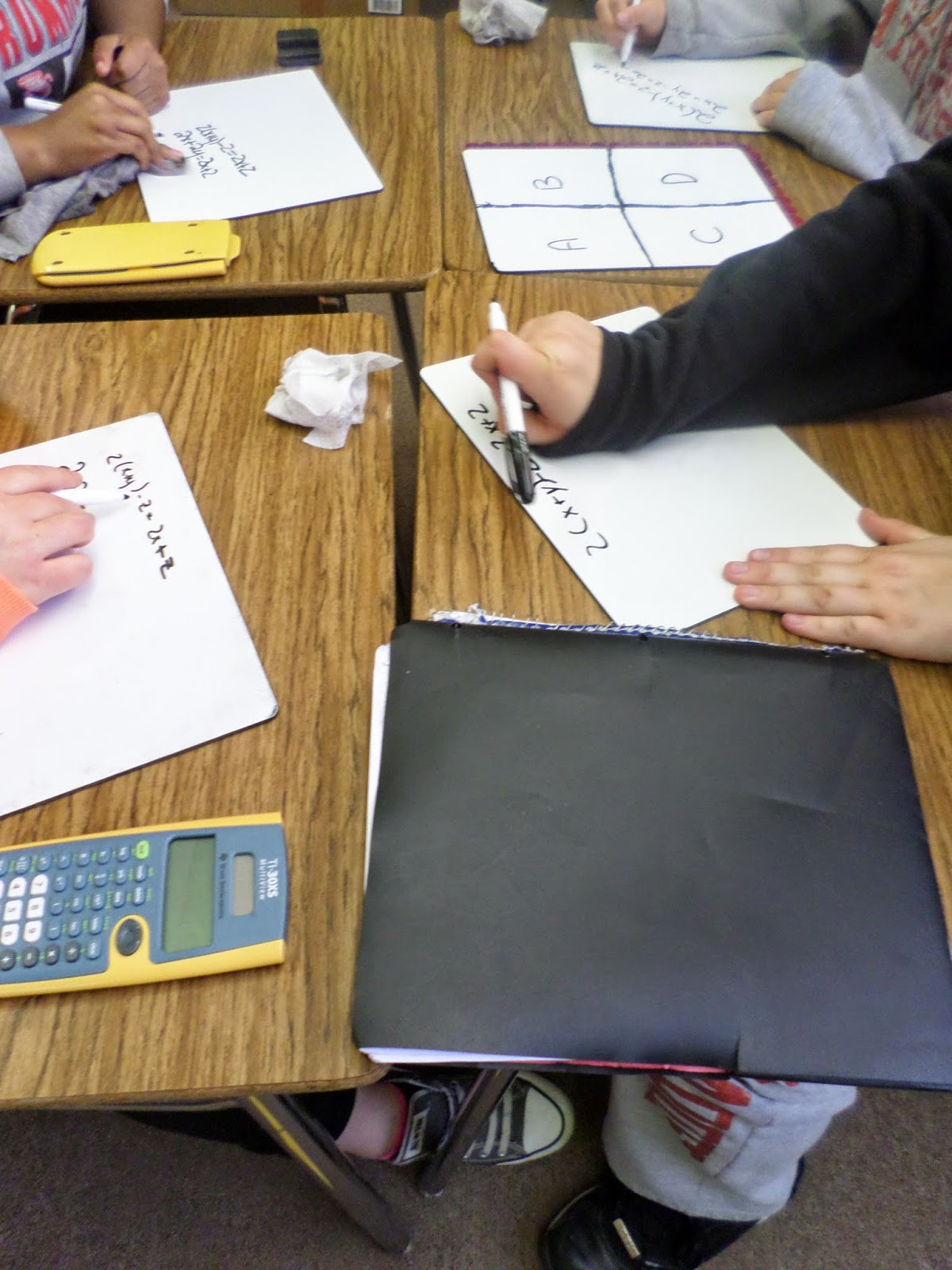
It was a beautiful thing to watch them help each other with the questions. Solving this literal equation for y gave a few of my students fits. But, they persevered!
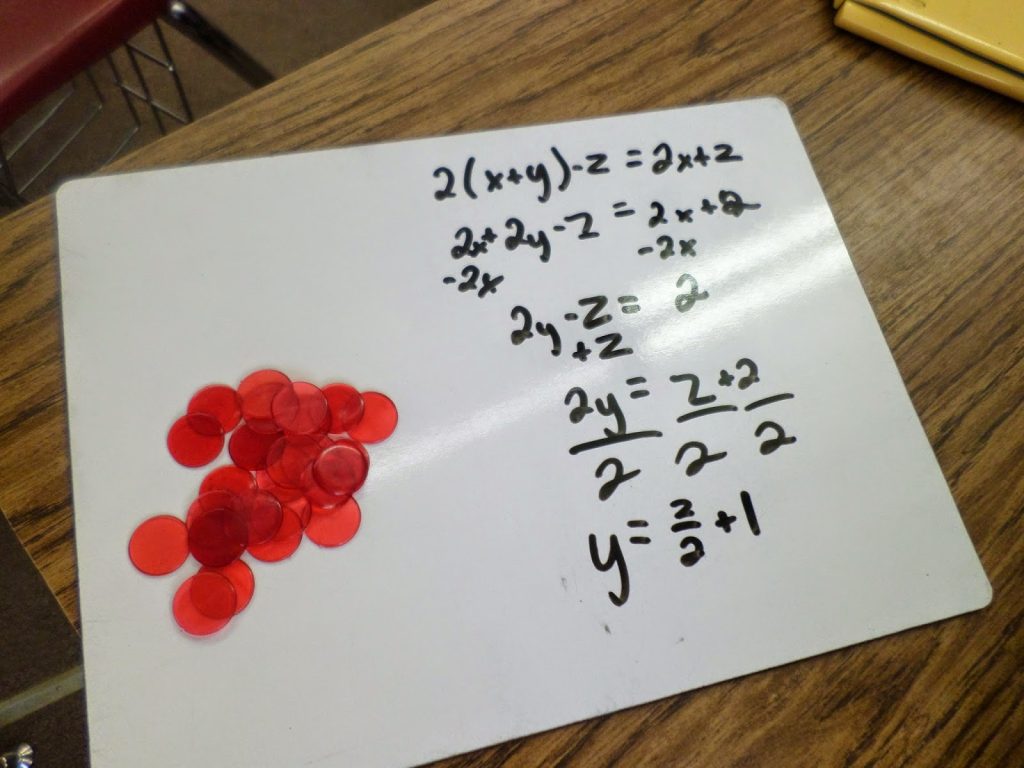
As you can tell, this group was less than confident about a particular problem. When several groups did this on the same problem, I knew this was something we needed to go over in more detail on another day of review!
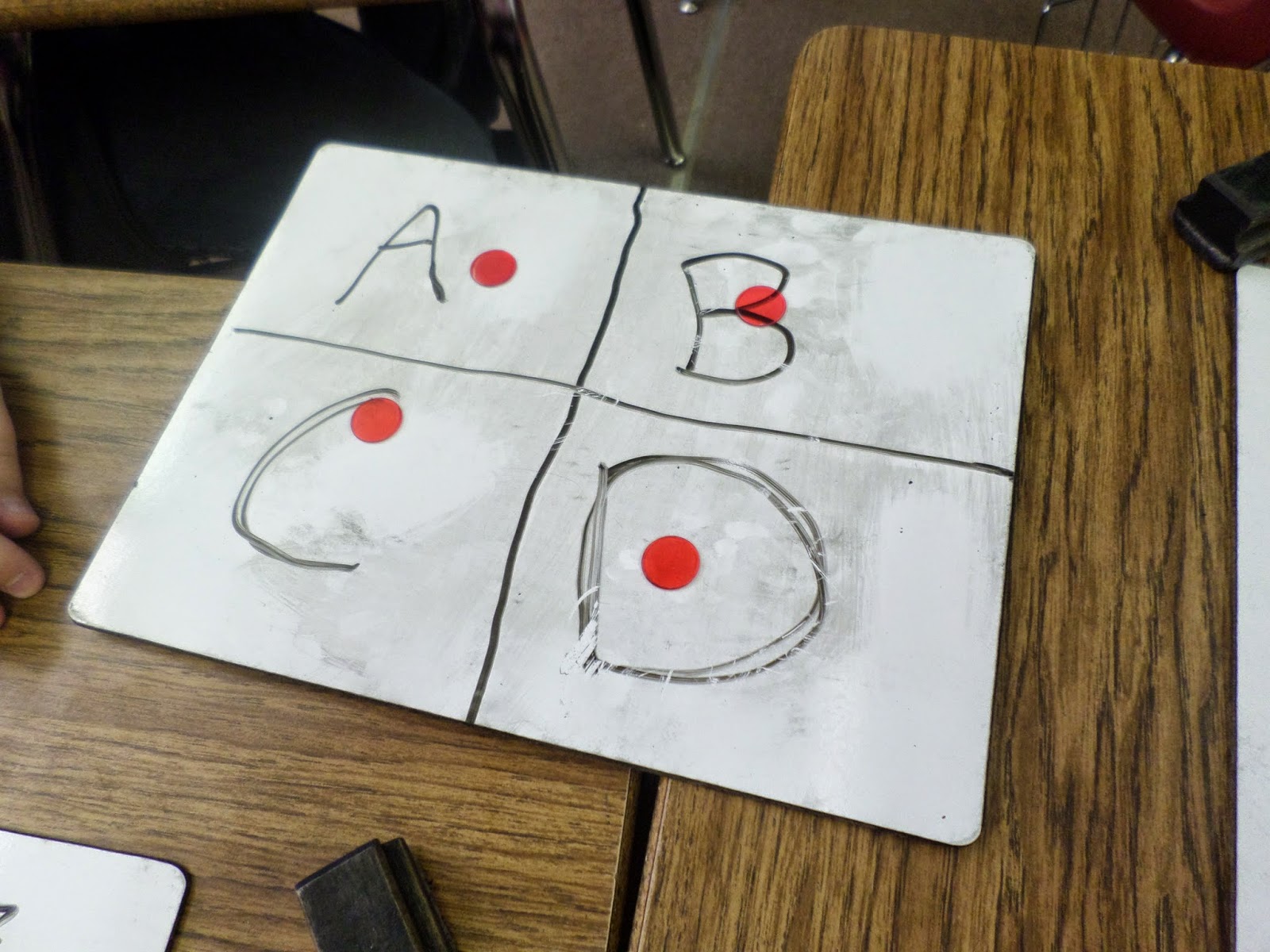
If a team was almost out of chips, I relaxed the rule that required them to bet at least three chips.
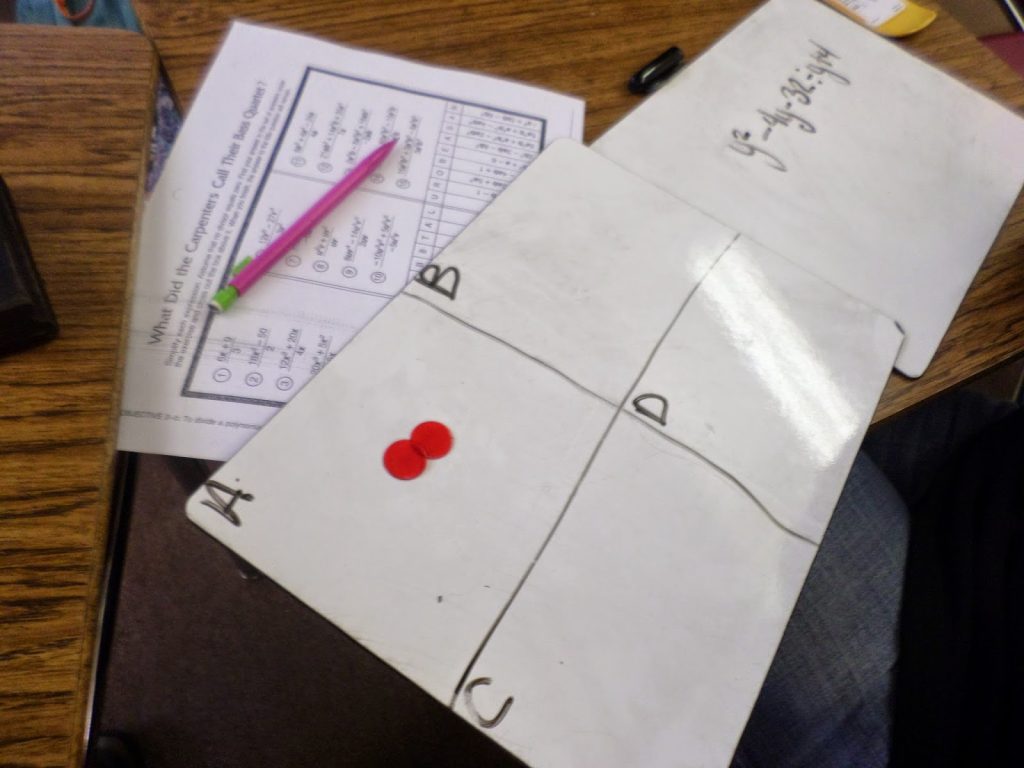
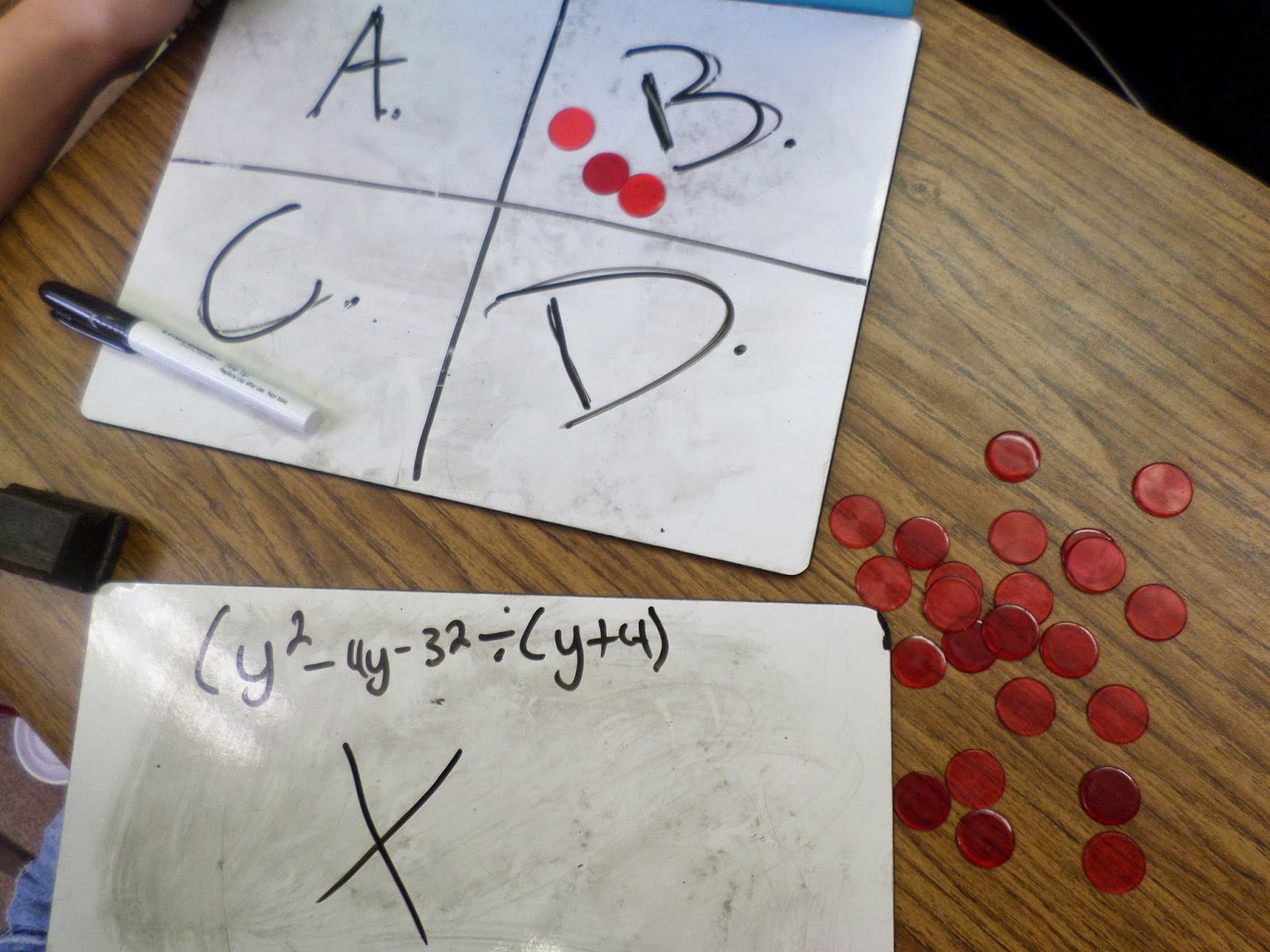
Here’s an example of a team that is very confident with their answer of B!
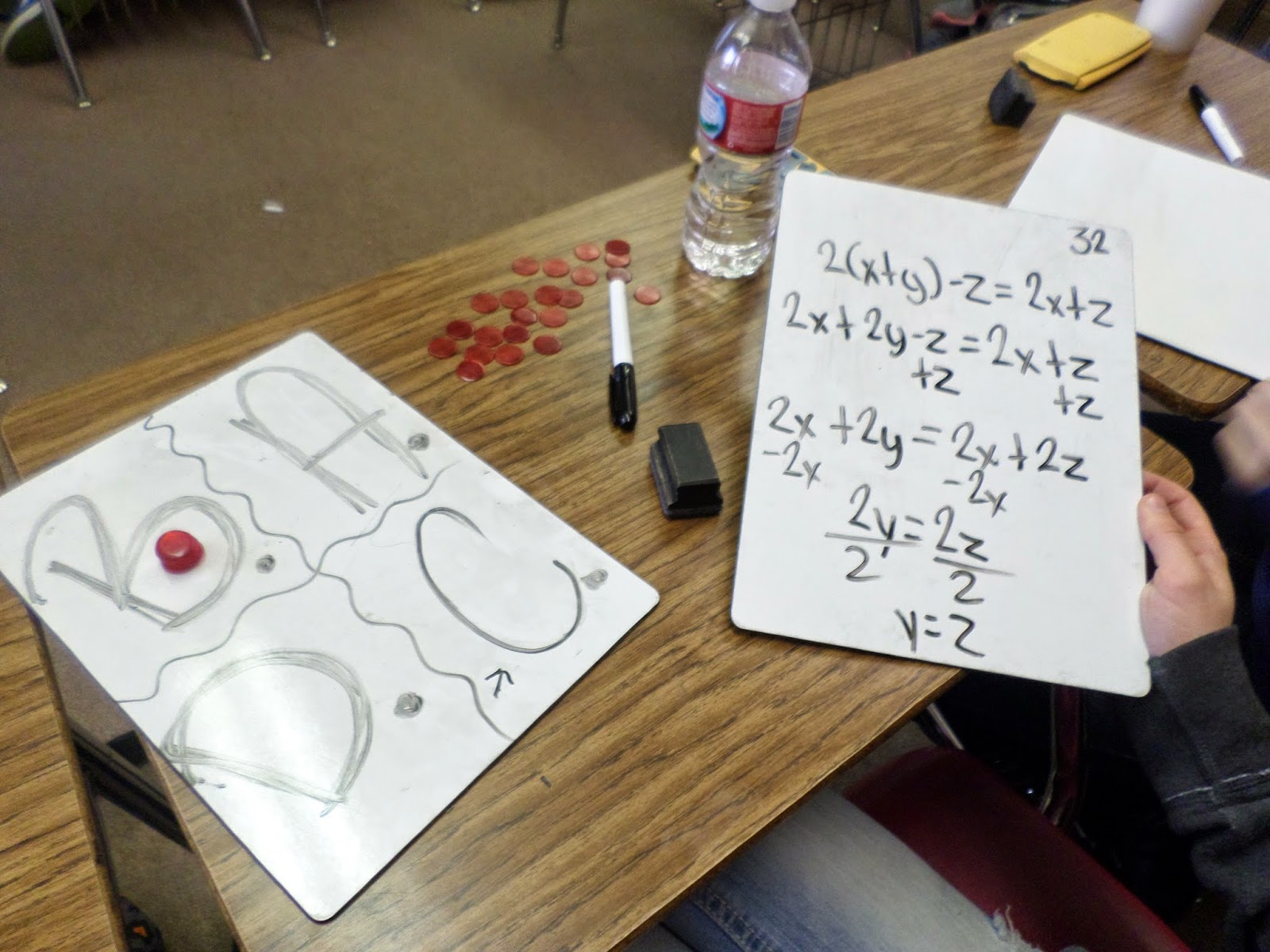
Remember that group of competitive boys in my 6th hour that wanted to gamble? Well, they all formed a team for this challenge. Soon, they found themselves neck-to-neck with a team of very competitive girls. The girls were worried that the boys were stealing their answers. So, they took desperate measures to make sure that their answer choice remained secure until AFTER time was called.
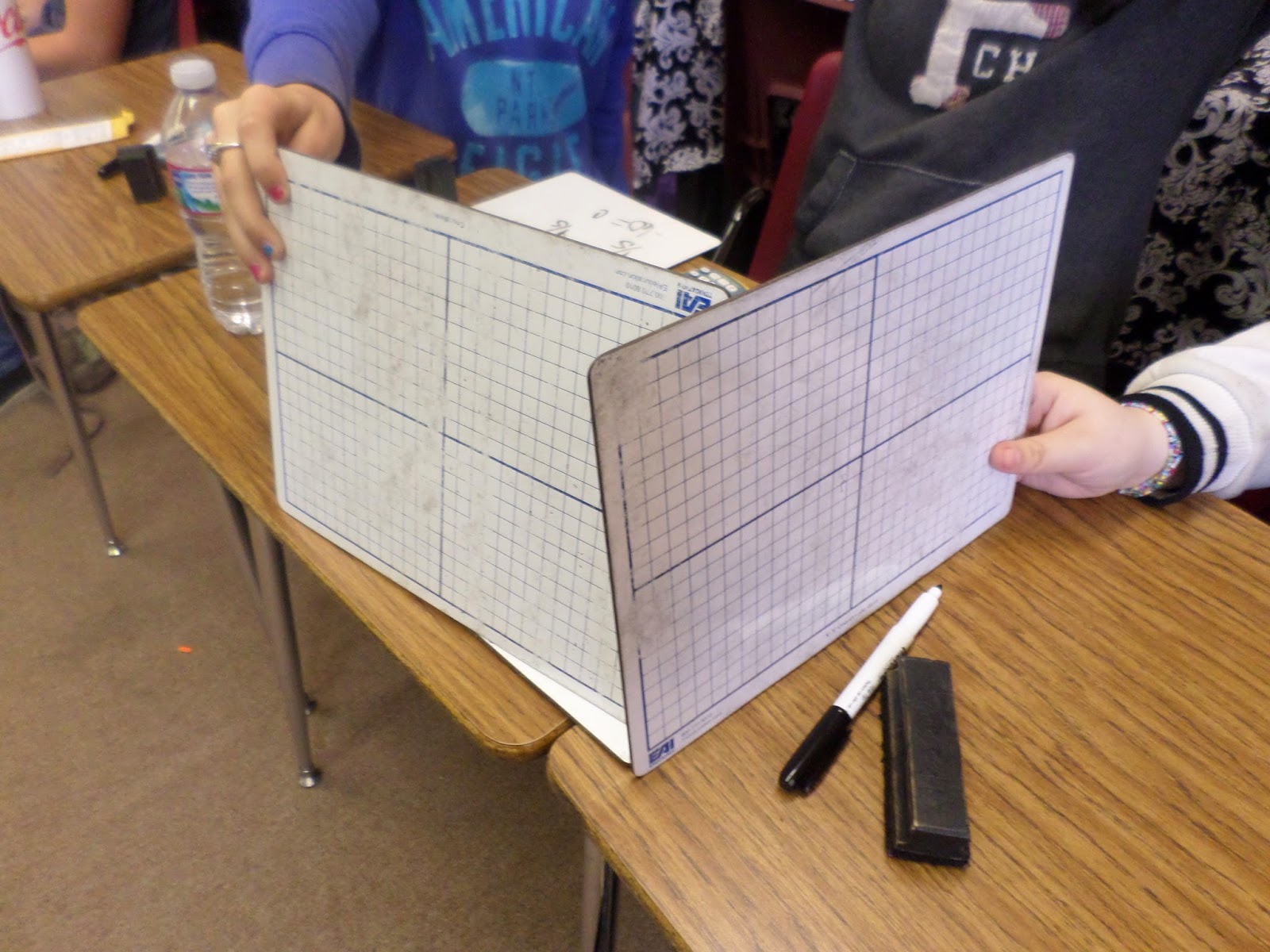
To make the logistics of this activity work, I followed this routine:
1. Project a problem on the SMART Board.
2. Give students time to work.
3. When ample time has been given, count down from 5 to let students know that time is running out to place their bets.
4. Announce the most popular answer choices to the class. Build suspense!
5. Work the problem out correctly on the board, answering questions and clearing up confusion.
6. Reveal the correct answer.
7. Project the next problem on the board.
8. While students are working on the next problem, go around and settle up with each group. I called this “Pay up or make me pay out.”
9. Repeat
After the first couple of questions, students caught on quite well to how the chip structure worked. So, I could quickly go from group to group. They would either hand over the chips they owed me, or they would tell me how many chips they needed. I didn’t have any problem with students cheating or lying about the number of chips they needed.
I did have a few students who tried to move their chips after the correct answer was called, but other students always saw them and called them out on it.
Overall, this activity was okay. It was good for a change. The kids enjoyed it. Betting with the chips took away some potential learning/practice time. But, I think the chips gave me a better feel for how my students were feeling about what we had been learning. Which of those is more valuable to me as a teacher? I’m not so sure. This isn’t an activity I would do every day. But, it made for a fun day of test review.
More Review Games
- The Great Quadrant Guessing Game
- Leveled Practice Cards Activity for Absolute Value Equations
- Exponent Rules Review Game with ACT Questions and Distractors
- X Puzzles Factoring Review Game
- ZAP Review Game
- ZERO Game to Introduce Factoring Quadratics
- Balloon Pop Review Game
- Guest Post: Engaging Students With Games
- Turkeys in the Oven Game – Writing Linear Equations
- Predicting Products Review Game
- Independent vs Dependent Variables Review Game
- Guest Post: MATHO
- Leap Frog Review Game
- Password Review to Practice Vocabulary
- Four in a Row Review Game
- Risk Review Game
- Place Your Bets Review Game
- Exponent Rules Card Sort Activity and Karuta Game
- Exponent Rules Review Game – The Game of Grudge
- Scattergories Style Describing Graphs Game
- Flyswatter Review Game for Different Forms of Linear Equations
- Dice Activity for Reviewing Square Roots
- Solving Equations Auction Review Game

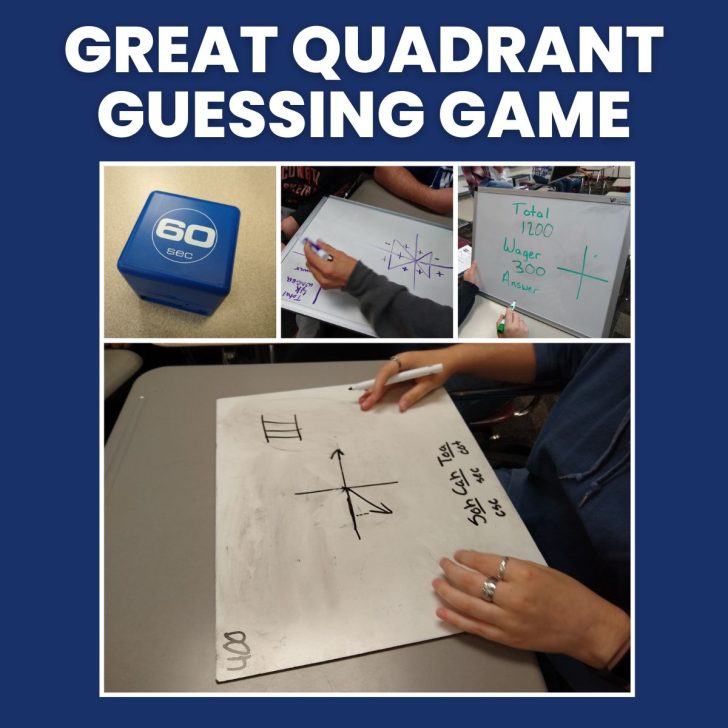
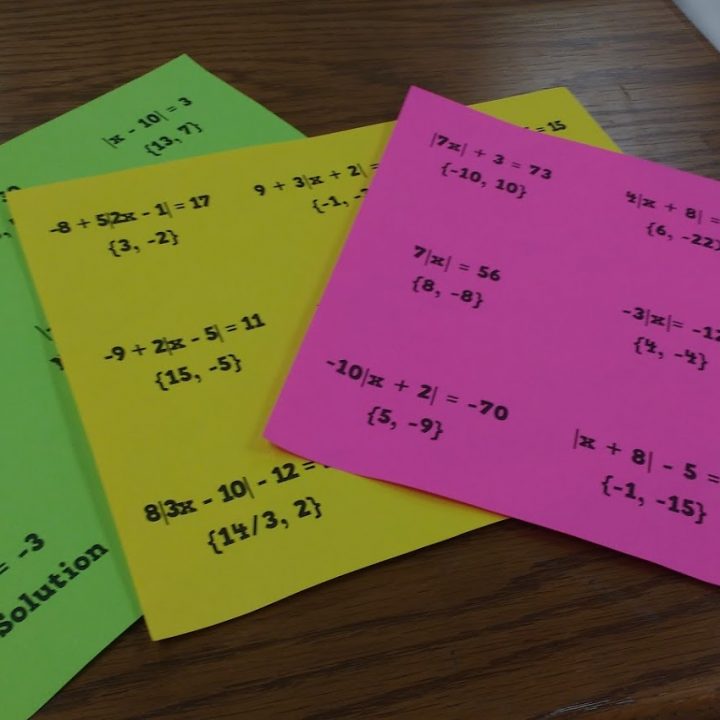
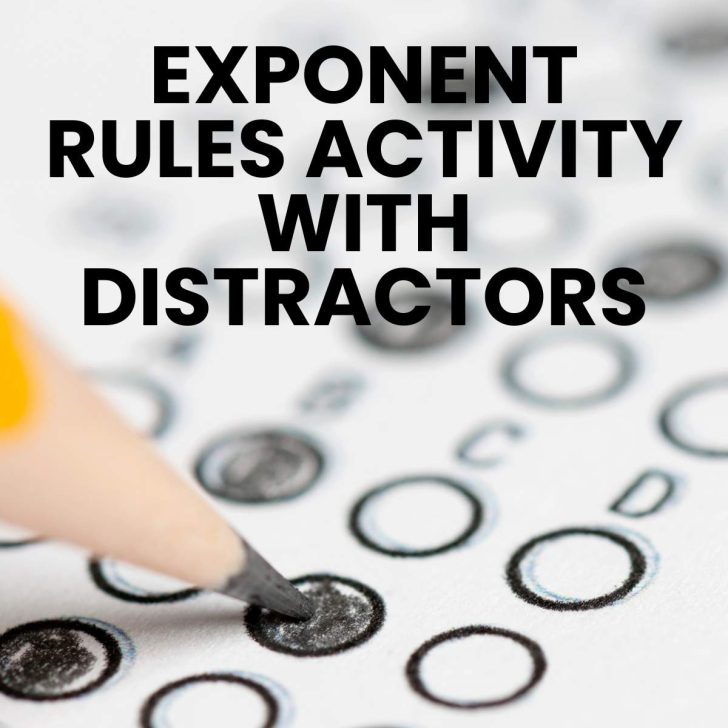
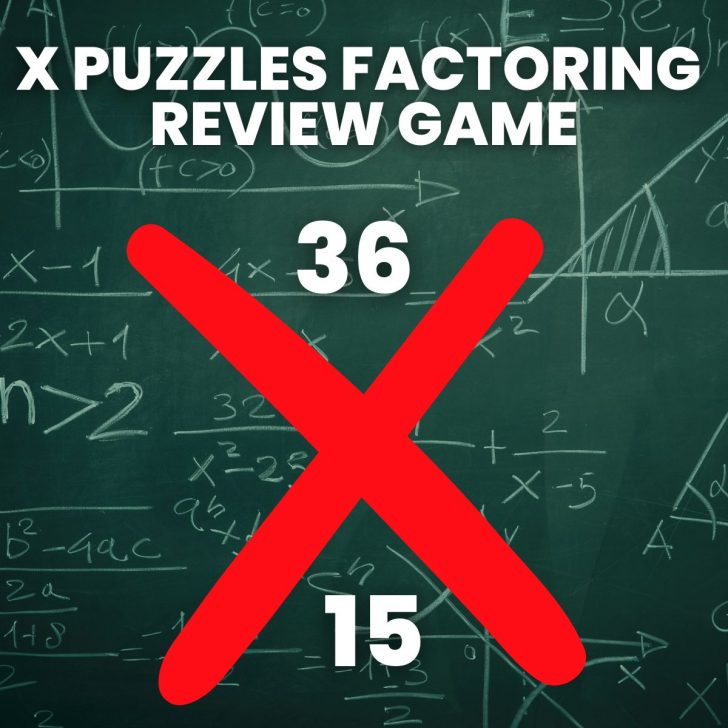
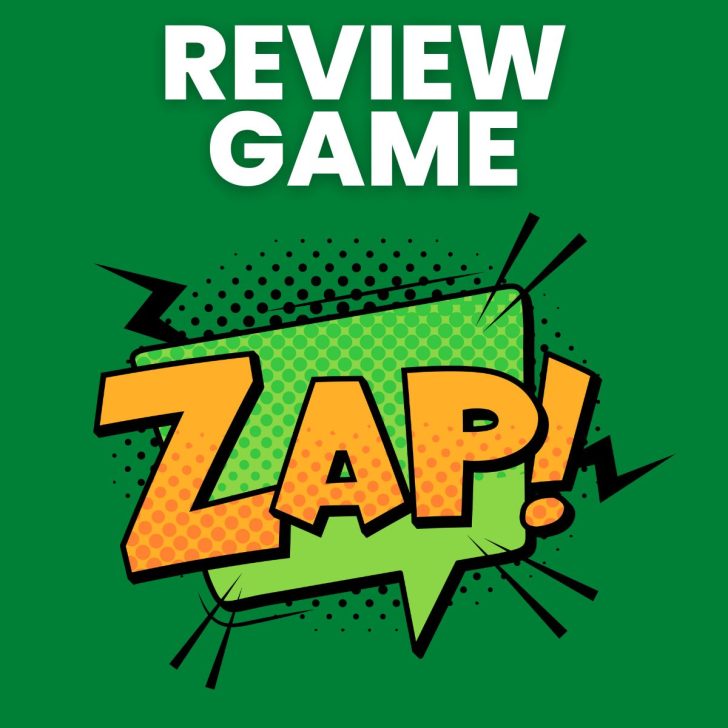

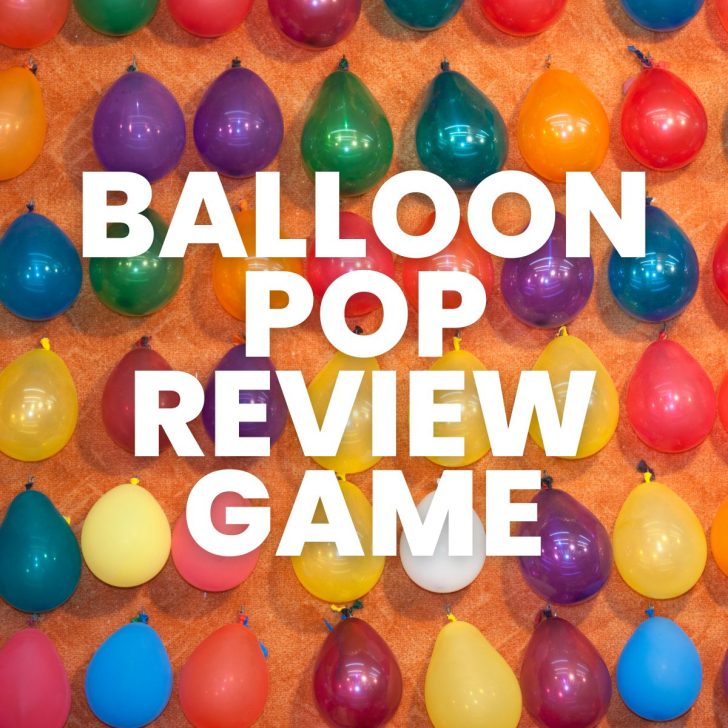

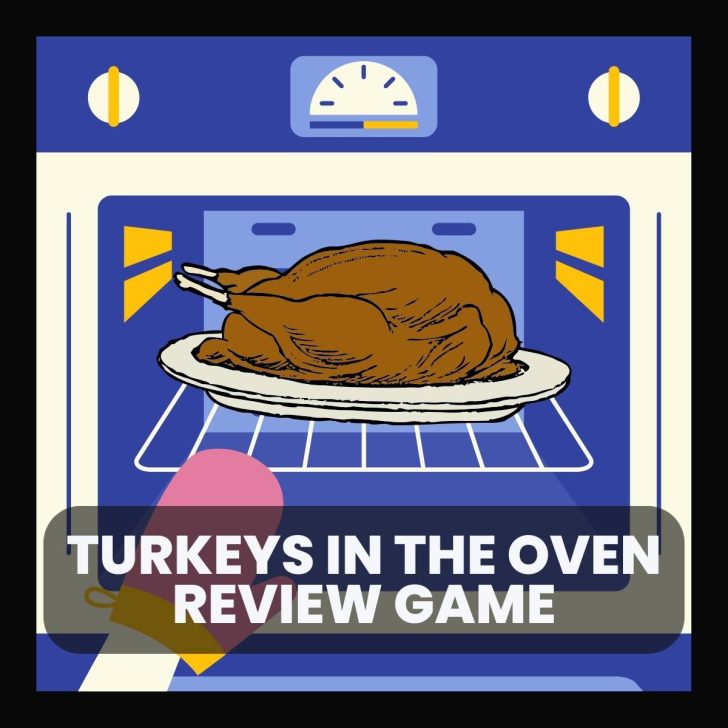
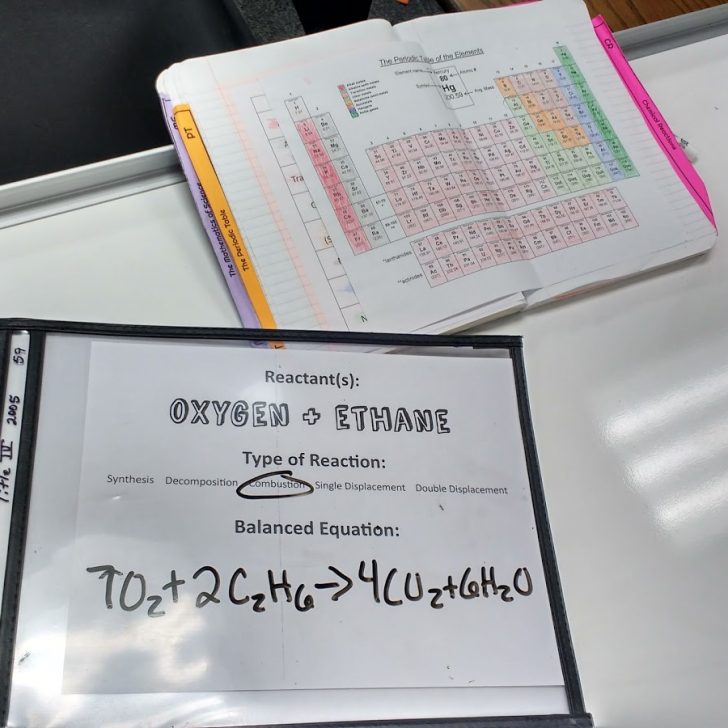
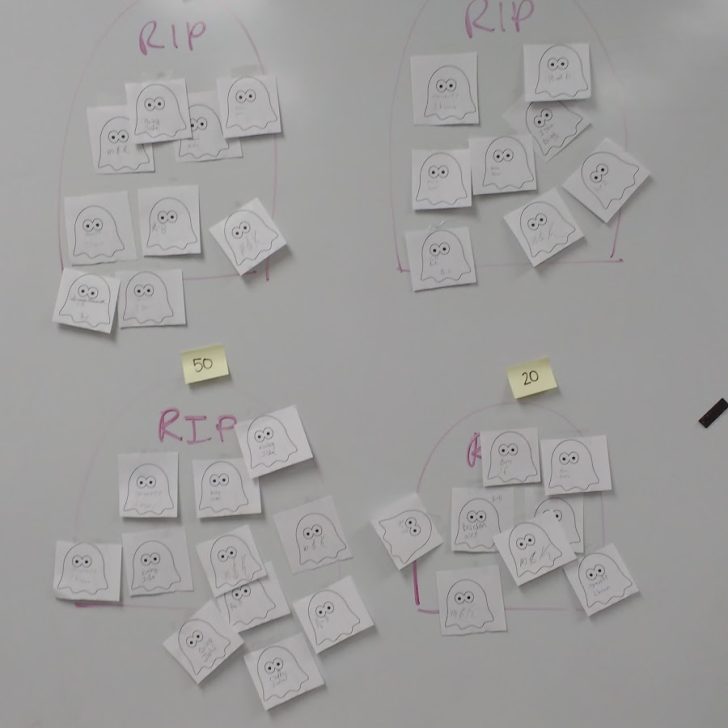
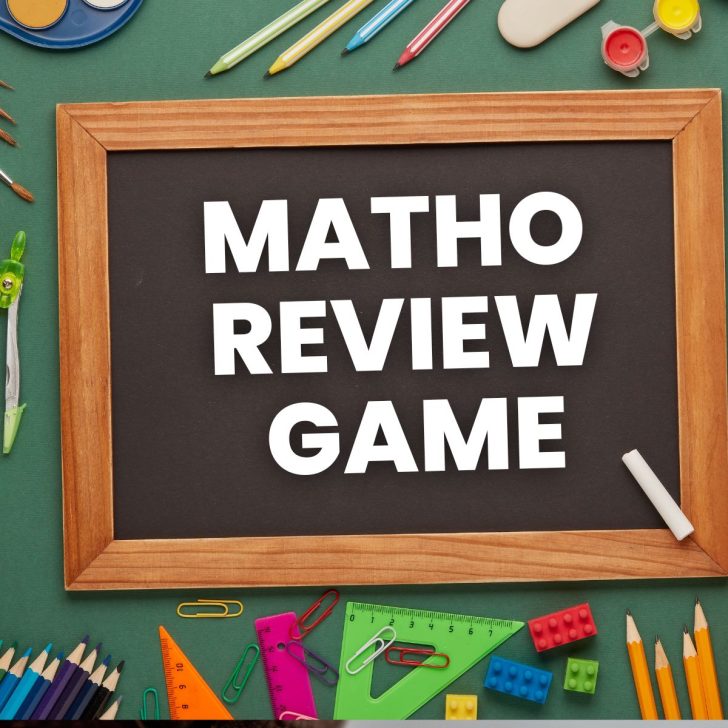

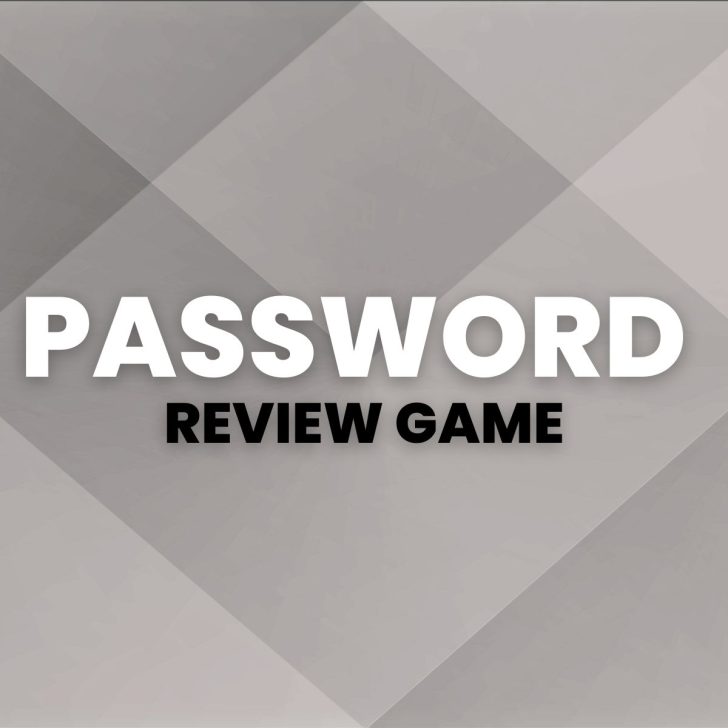
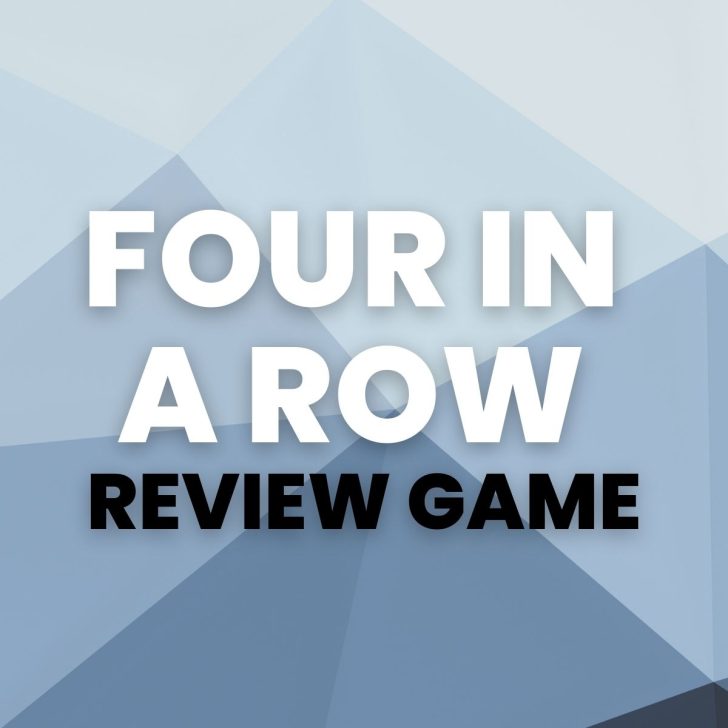
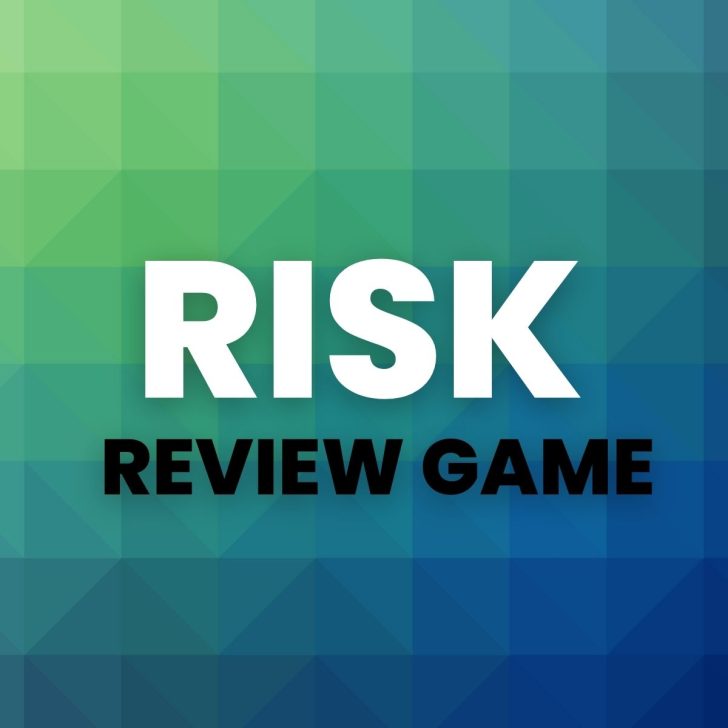
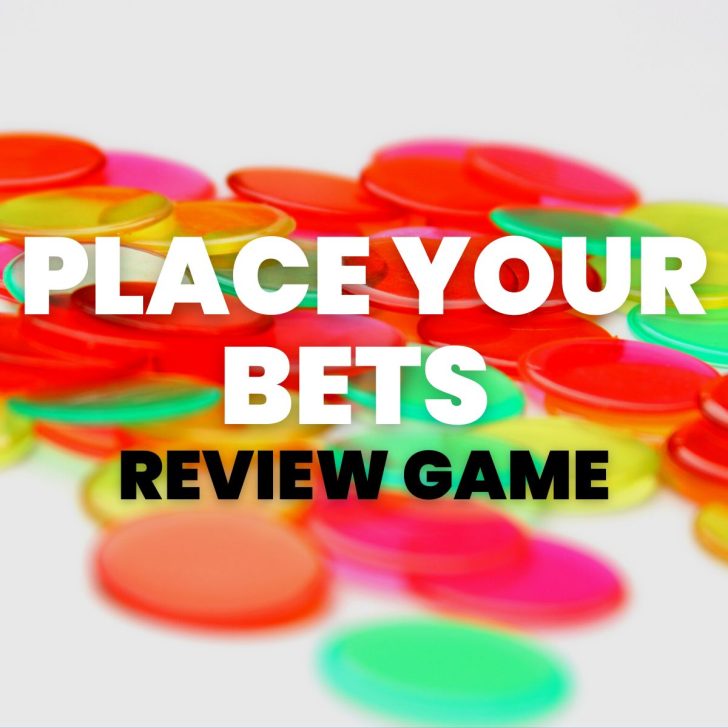
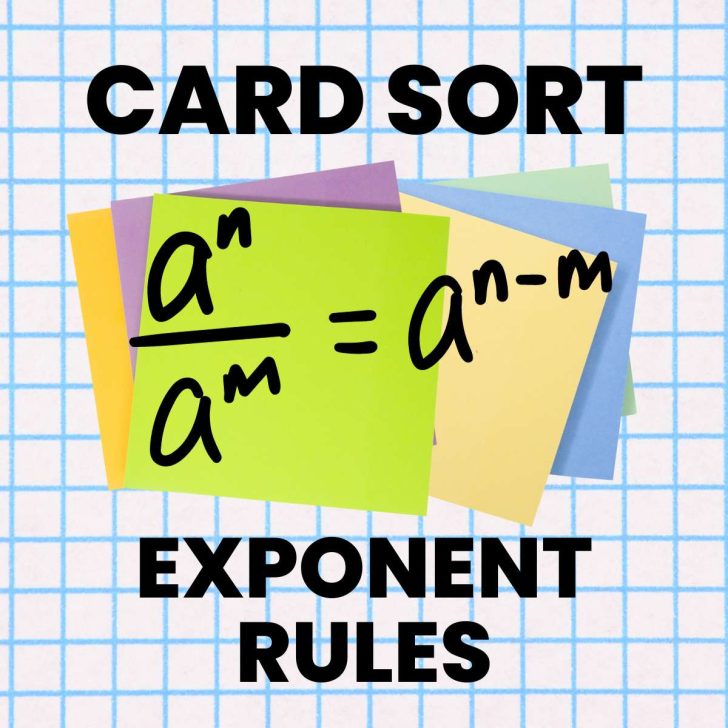
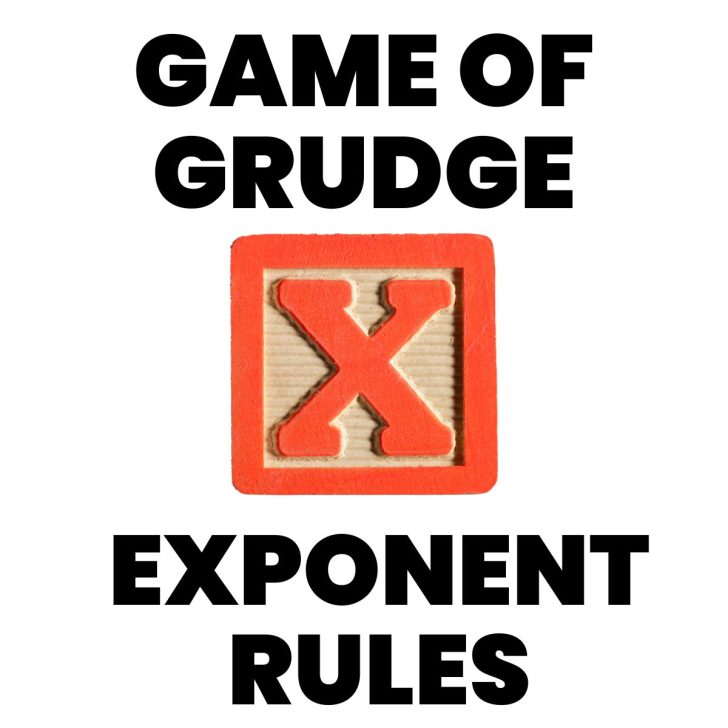

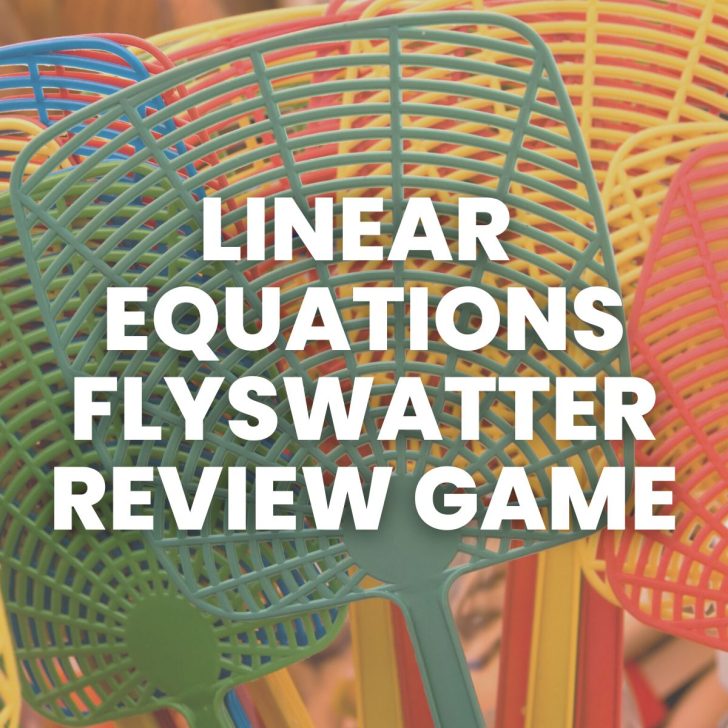



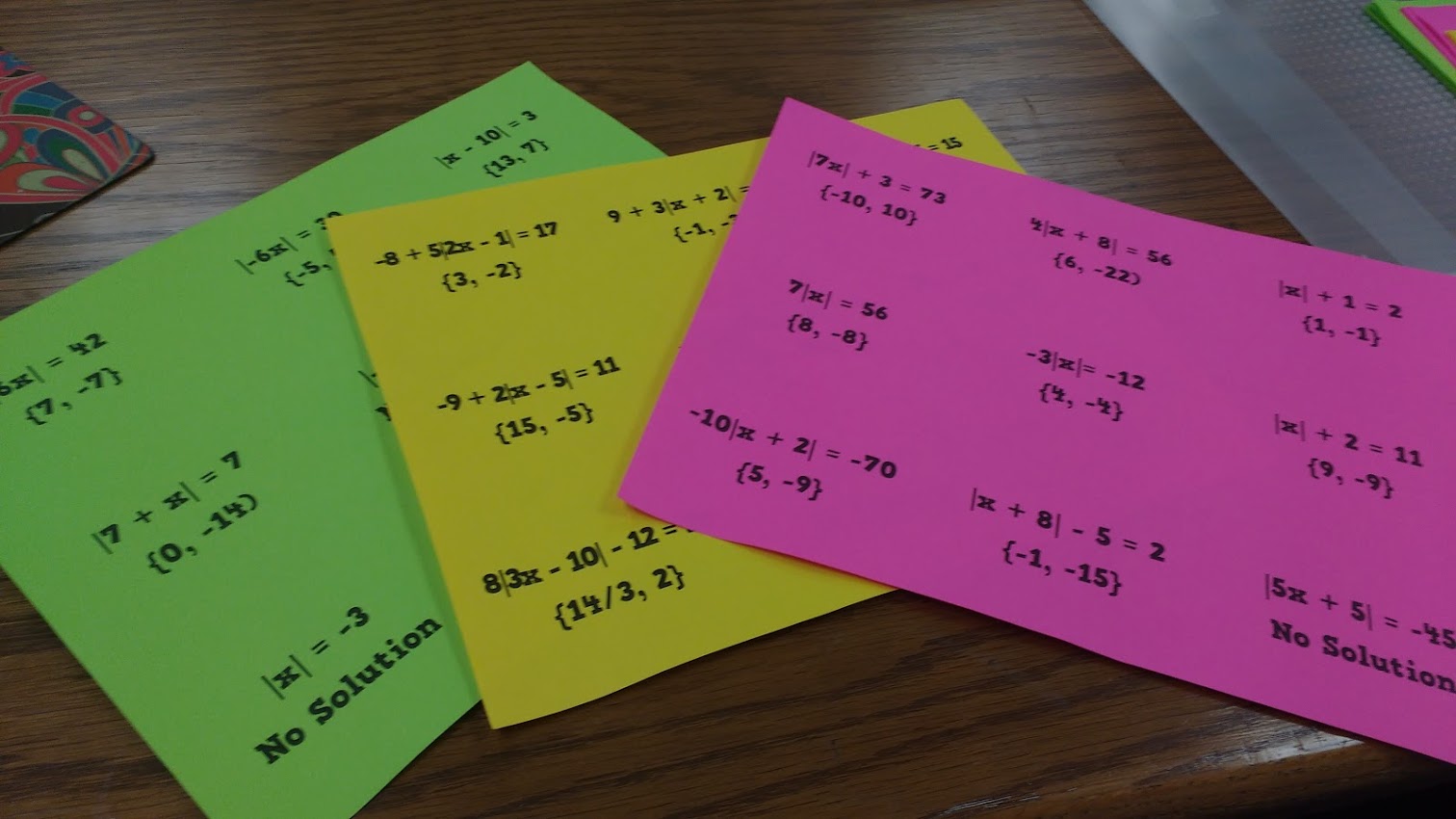


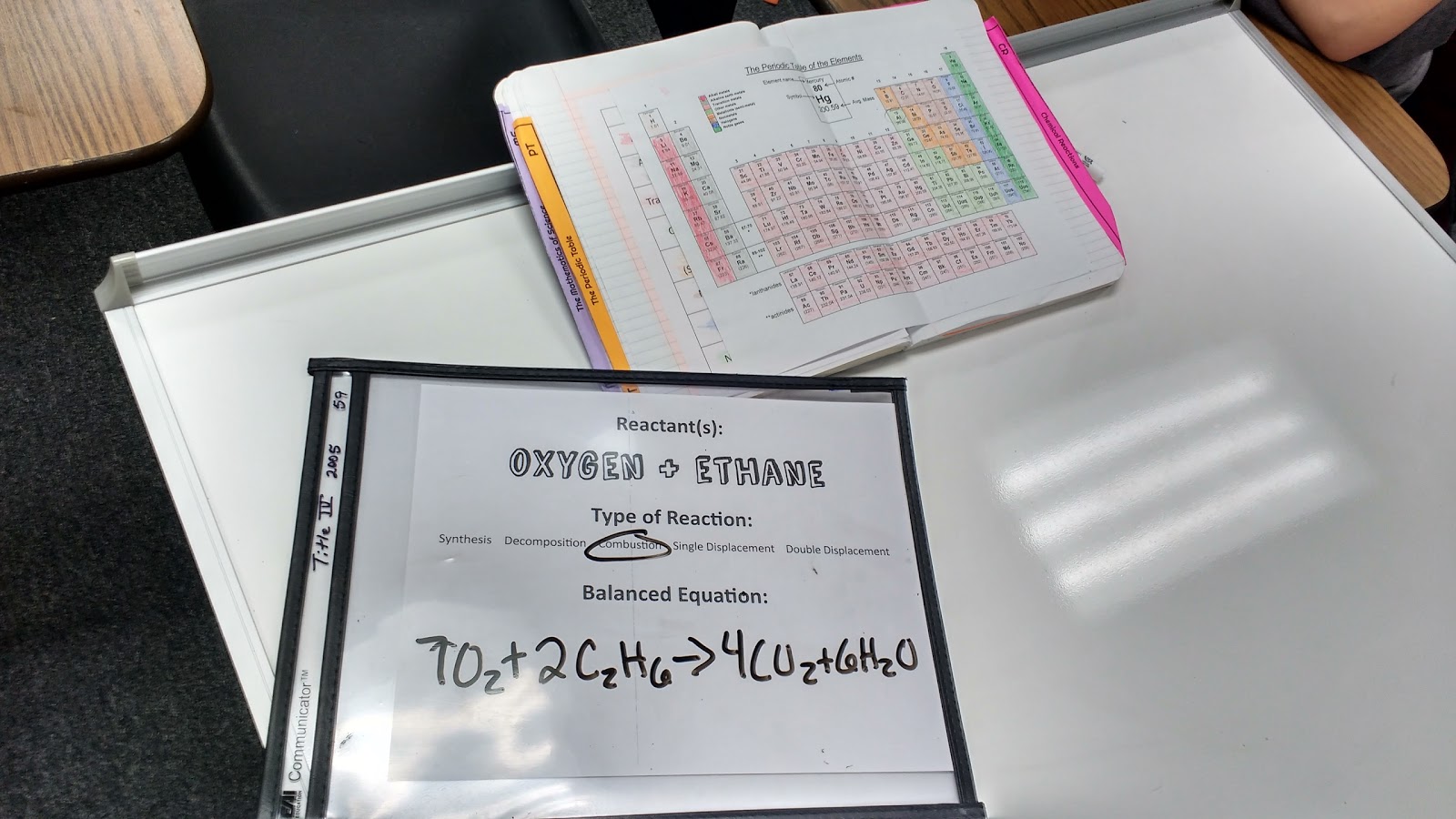
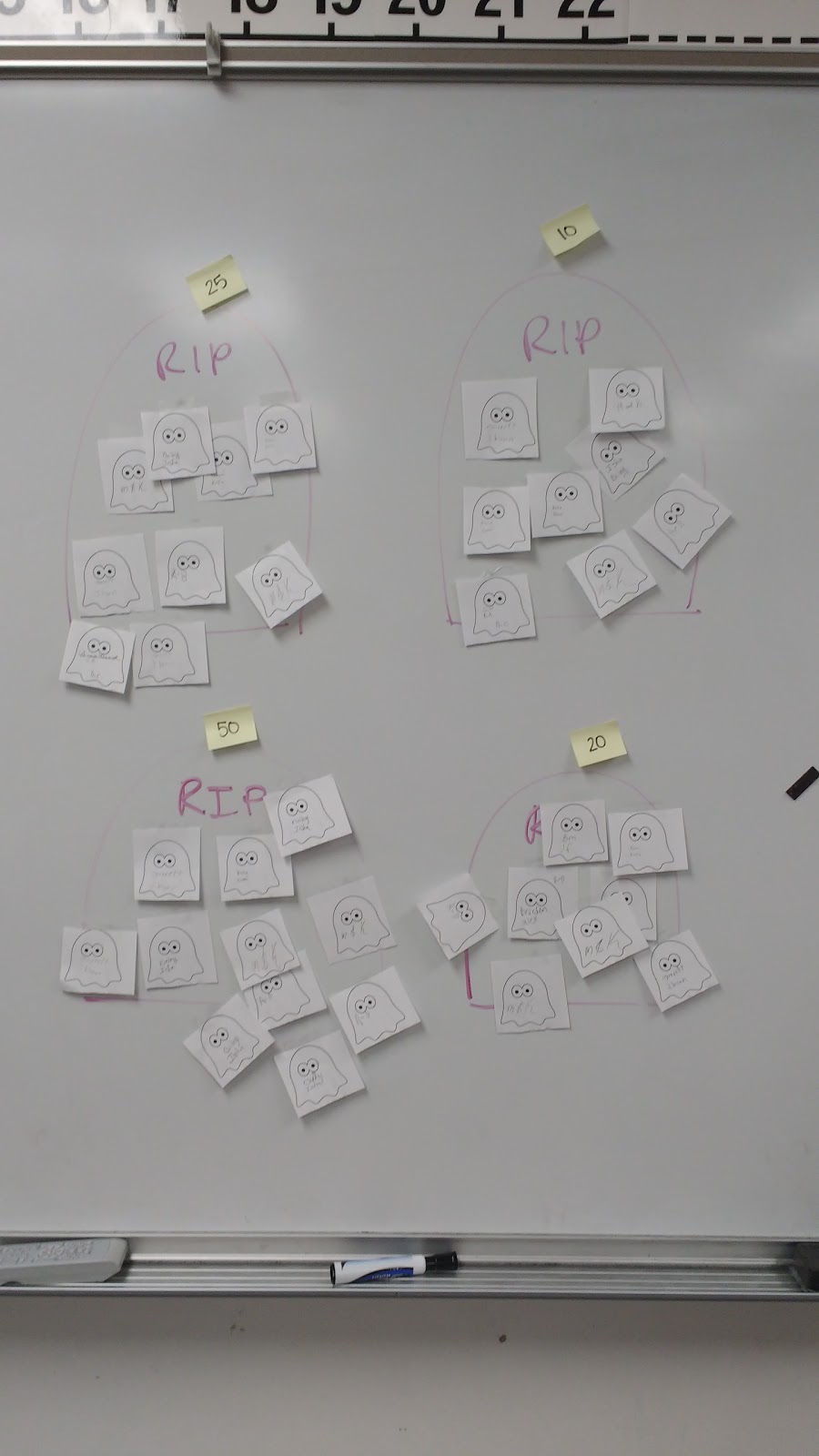
I just want to say that your blog breaks me out of a boring pattern I sometimes fall into of doing the same types of activities over and over again. Thank you for the inspiration.
Thanks for reading, Jeff!
I can't believe I've never seen this post before! I'm always looking for new review games/activities, and this is great! I think my kiddos will really like it. Thanks for sharing!
Thanks!
Thanks for this idea – my students had so much fun with their EOC review with this game today. You should be on the lookout for real poker chips (at garage sales or thrift stores) – it is much easier to "pay" when you can just match the stack of chips.
Thanks for the heads-up!
I'm looking forward to trying this out. Thanks!
If a team runs out of chips, how can they come back?
This activity seems really fun and some of my students would love the competitive aspect of it. Though I am a bit concerned some of my less competitive and motivated students would just follow the crowd and bet whatever the rest of the team was betting. I also wanted to know if any of your teams ran out of chips? And if that does happen would that just be the end of a round? Or is there a way that they can come back from it.